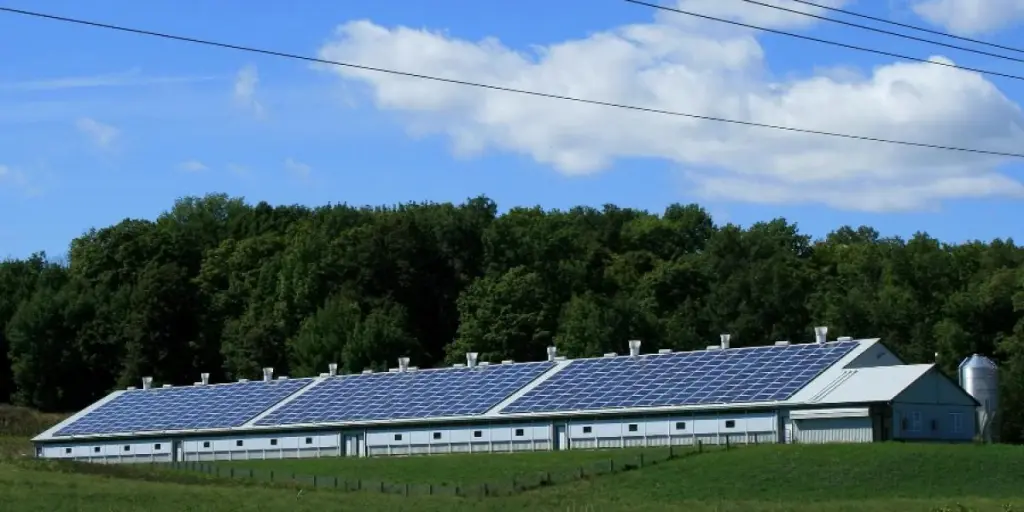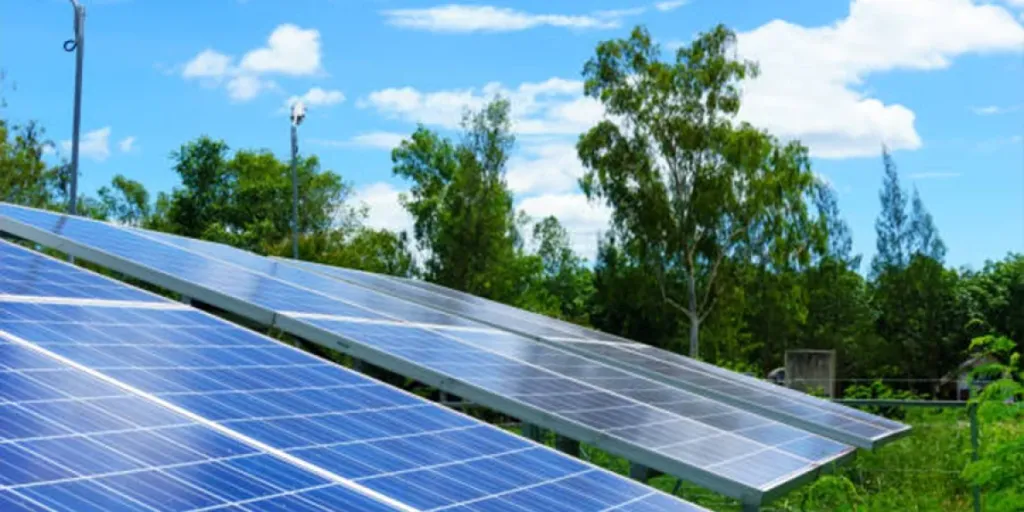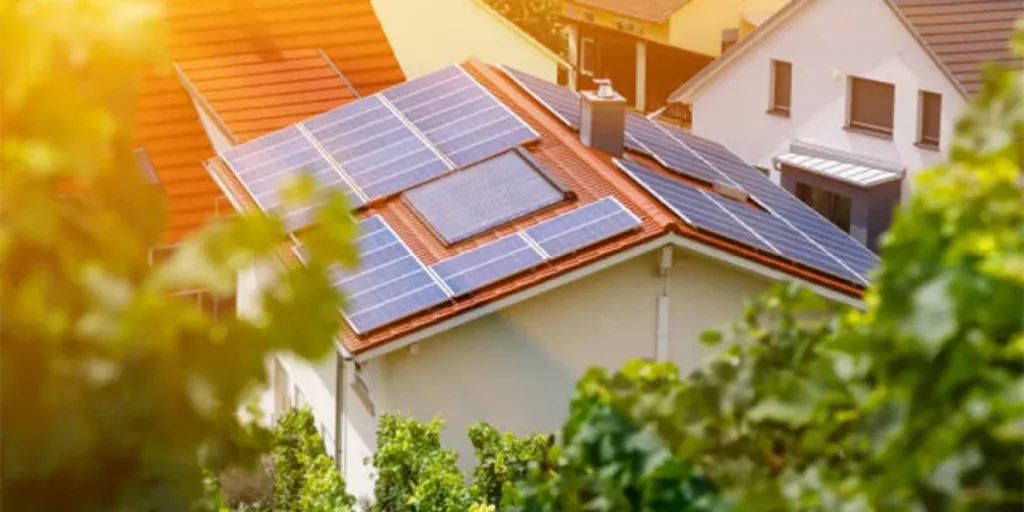- Portugal has revised its 2030 NECP, advancing its 80% renewable energy target from 2030 earlier to 2026 now
- It will aim to increase renewables share to 85% by 2030 as per the draft now submitted to the EC
- APREN is happy with the updated plans but wants the government to ease permitting processes to speed up the deployment
The Government of Portugal has increased the renewable energy ambition under its revised draft of 2030 National Energy and Climate Plan (NECP), now having preponed its target to source 80% of its electricity from renewable energy capacity by 2026, instead of 2030, while carving out a 20.4 GW share for solar PV by 2030—the largest among all power generation sources.
By 2030, Portugal should have renewables accounting for 85% of its national electricity mix, to deliver ‘reliable electricity at competitive prices’.
“In the present decade, and by 2030, we intend to double the installed capacity for the production of electricity from renewable sources, accelerating decarbonization and responding to the needs of the new industrial investments planned for our country, creating green jobs and national added value,” stated the government.
The revised climate plan aims for 8.4 GW solar PV capacity by 2025, comprising 6.1 GW centralized and 2.3 GW decentralized projects. By 2030, it will increase to 14.9 GW large scale and 5.5 GW distributed PV, a total of 20.4 GW, according to the Associação Portuguesa de Energias Renováveis (APREN), the Portuguese renewable energy association.
It would be an increase from 2.703 GW installed PV capacity of the country at the end of May 2023.
Onshore wind capacity is likely to grow to 6.3 GW by 2025, and to 10.4 GW by 2030, while offshore will increase to 2.0 GW by 2030 from nothing in 2025. Natural gas’ share is also set to come from 4.9 GW in 2025 to 3.8 GW in 2030, while that of petroleum products will drop from 600 MW to 400 MW, respectively.
In all, APREN says the government’s revised NECP aims for the national energy generation capacity to grow from 30 GW in 2025 to 47 GW in 2030 as the country prepares to achieve climate neutrality in 2045.
Under the National Hydrogen Strategy, Portugal will more than double the expected capacity of electrolyzers by 2030 from 2.5 GW to 5.5 GW with eyes on decarbonize industrial space, attract new industries that produce derivatives of green hydrogen and export green hydrogen to the European Union (EU).
First version of the revised NECP was submitted to the European Commission (EC) on June 30, 2023. Post all the reviews and feedback is incorporated, which is likely to take a year, the final document will be sent to the commission by June 30, 2024.
Welcoming the increased targets, APREN said renewable energy has the potential to be a significant contributor to the national GDP of Portugal, similar to tourism. However, to aid this growth the government needs to ease the long standing problem of licensing for renewable energy projects and also digitize the institutions involved in the process.
In February 2023, the EC said it will refer Croatia, Hungary and Portugal to the Court of Justice for EU for failing to legislate the bloc’s Renewable Energy Directive for renewable energy development to reduce GHG emissions.
Recently, Italy too submitted its 1st revised version of the NECP to the EC, increasing the share of renewables to 65% by 2030.
Source from Taiyang News
The information set forth above is provided by Taiyang News independently of Alibaba.com. Alibaba.com makes no representation and warranties as to the quality and reliability of the seller and products.




